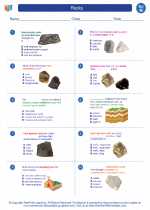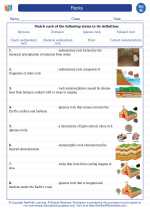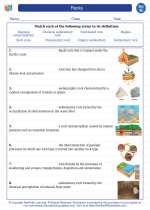Dust
Dust is a common environmental air pollutant consisting of tiny solid particles that are suspended in the air. It can be made up of a variety of materials, including soil, pollen, skin cells, and other organic matter, as well as mineral particles from sources such as construction sites and industrial processes.
Sources of Dust
- Natural sources: Soil erosion, volcanic eruptions, and sea salt spray.
- Human activities: Construction, agriculture, mining, and industrial processes.
- Indoor sources: Skin cells, pet dander, and fibers from carpets and furniture.
Health Effects of Dust
Dust can have significant impacts on human health, particularly when inhaled. The small size of dust particles allows them to penetrate deep into the respiratory system, leading to a range of health issues such as:
- Respiratory problems
- Allergies
- Asthma exacerbation
- Lung diseases
- Cardiovascular issues
Environmental Impacts of Dust
Dust can also have negative effects on the environment, including soil degradation, reduced visibility, and impacts on plant and animal life. It can also contribute to air and water pollution when deposited in these environments.
Prevention and Control of Dust
Several measures can be taken to minimize dust pollution, including:
- Using dust masks and protective clothing
- Implementing dust control measures at construction sites and industrial facilities
- Vacuuming and dusting regularly indoors
- Planting vegetation to stabilize soil and reduce erosion
Study Guide
When studying the topic of dust, it's important to understand its sources, health and environmental impacts, as well as prevention and control measures. Here are some key points to focus on:
- Identify the natural and human sources of dust.
- Explain the health effects of inhaling dust particles.
- Discuss the environmental impacts of dust pollution.
- Describe methods for preventing and controlling dust pollution.
Understanding these aspects of dust will provide a comprehensive knowledge of this common environmental pollutant and its effects on human health and the environment.
.◂Science Worksheets and Study Guides Eighth Grade. Rocks

 Worksheet/Answer key
Worksheet/Answer key
 Worksheet/Answer key
Worksheet/Answer key
 Vocabulary/Answer key
Vocabulary/Answer key
 Vocabulary/Answer key
Vocabulary/Answer key
 Vocabulary/Answer key
Vocabulary/Answer key
